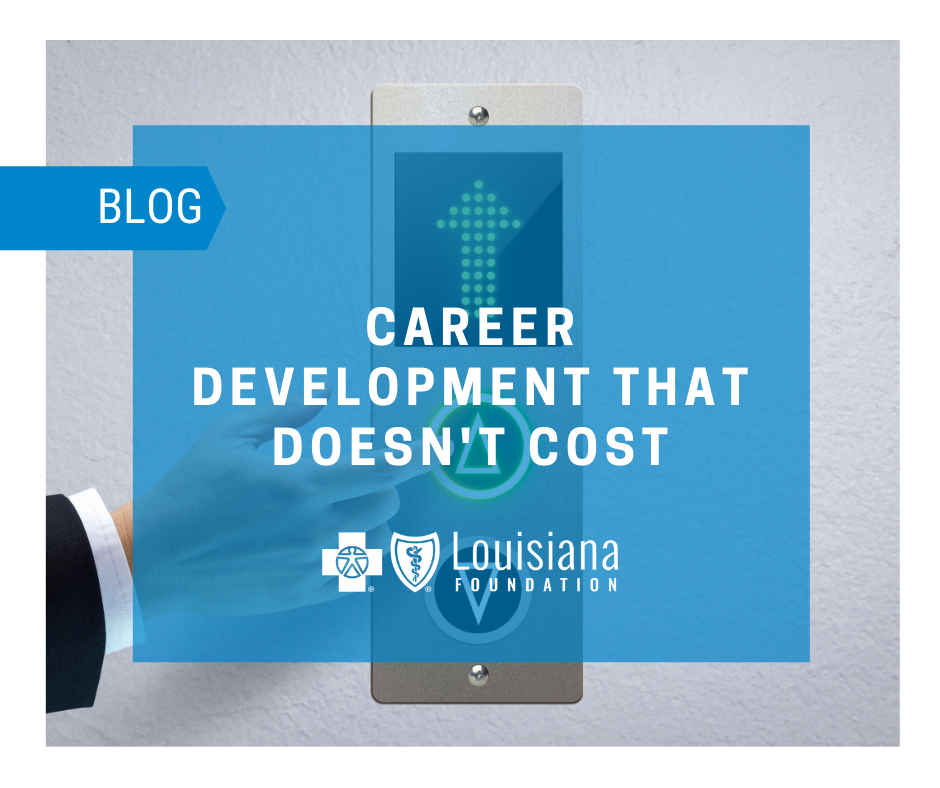The other week we re-shared a few posts about nonprofit burnout from earlier in the year. At the risk of beating a re-shared horse, The Work Institute released their 2019 Retention Report this month, re-affirming the massive costs of losing an employee. Among many other fascinating insights, the report conservatively estimates that it costs $15,000 to lose and replace an employee making $45,000 annually.
Overall, voluntary turnover costs topped $6 billion for the first time in 2019 and, given that the nonprofit sector’s turnover rate is often much higher than corporate and government sector positions, it’s not far off to assume that our charitable businesses bear an outsized share of this cost.
The single largest reason for voluntary turnover is lack of career development opportunities (22.2 percent overall). Employees who don’t see a chance to advance are dissatisfied, of course, but the most frequent issue is a lack of ongoing development or education that is meaningful and personalized. In an extended comment, The Work Institute recommends career development programs for employees that:
- Learn about their vocational identity and self-concept, including who the employee is, and where and how and with whom they do their best work
- Assess occupational personality, values, skill motivation, and interests
- Identify and learn about occupational alternatives at the organization
- Understand preparation and skill development requirements for selected alternatives
We often assume career development is about training, conferences and certification – all things that strain the thin margins on a nonprofits operating budget. But a career plan doesn’t have to cost: it can be centered on project work, stretch assignments, linking folks with mentors or temporary role changes. Bridgespan also has a terrific list of 52 career development opportunities that can be very meaningful.
Beyond these, a few ideas we’d suggest you also consider:
- Skills-based volunteering and service – Up-and-coming nonprofit leaders can also benefit from offering their professional skills outside of their day jobs. Leveraging skills in new ways builds relationships, brings insights and energy to your work all while serving the community.
- Non-profit Leaders Volunteering & Serving on Community Boards – Finding a place to develop leadership muscles and the art of diplomacy through governance. Traditionally this responsibility is left to the leader of a non-profit but increasingly there are opportunities for service at all levels of experience and across various types of efforts.
- Leadership Programs – Fegional leadership programs like Leadership Shreveport, Leadership Baton Rouge and the New Orleans Regional Leadership Institute all encourage both for profit and non-profit participants. In many cases, these and other similar programs offer scholarships to make participation viable for smaller non-profits. The networks and insights are incredibly helpful and can be a great way to expand your impact.
Finally, my question for you this week is this: do funders like the Blue Cross Foundation do enough to help nonprofit and community leaders navigate these important career development issues? We know we’ve made strides towards doing more, but always know there is more to do. So feel free to share your feedback and let us know how can we and others partners help you to bridge gaps to keep your most talented employees in order to have the critically important impact we all know you need to have!
– Michael Tipton
President, Blue Cross and Blue Shield of Louisiana Foundation
Head of Community Relations
michael.tipton@bcbsla.com
Subscribe to our mailing list
